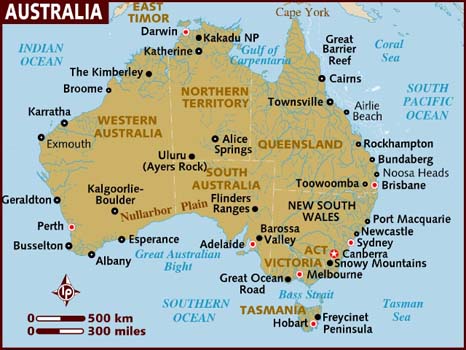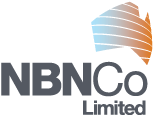While Australian officials promote the noble aspects of its new fiber-based National Broadband Network to power commerce, health care, and education, one content and applications developer says the prospect of improved “adult entertainment” options will drive demand for fiber broadband adoption in Australia, just as it has in many other countries.
Jennifer Wilson, project director for The Project Factory, took discussions about the decidedly-adult topic of online content private to be certain it did not overshadow the more virtuous-aspects of the fiber network.
“The single most important factor is the porn factor because pornography has always been at the cutting edge of technology,” Wilson said. “If we cannot get porn on the NBN than we will have trouble getting consumer acceptance and uptake.”
Australia is just starting a debate about the appropriateness of adult entertainment on a publicly-owned network — a debate familiar to community broadband providers who face scrutiny over adult video content often found on municipally-owned cable systems.
Access to adult content and keeping it away from children is now evolving into a secondary debate about the NBN, and some politicians are considering placing adult content controls on the network.
For Wilson, that would be a major mistake.
 Speaking at an Australian Computer Society (ACS) forum in Sydney, Wilson said giving parents the tools to control viewing options was perfectly appropriate, but a national policy banning pornography on the NBN would be a disaster. Wilson believes adult content has always “stimulated” digital growth, and even, in her view, forced a final decision on which high definition DVD format would become the primary standard — Blu-Ray or HD.
Speaking at an Australian Computer Society (ACS) forum in Sydney, Wilson said giving parents the tools to control viewing options was perfectly appropriate, but a national policy banning pornography on the NBN would be a disaster. Wilson believes adult content has always “stimulated” digital growth, and even, in her view, forced a final decision on which high definition DVD format would become the primary standard — Blu-Ray or HD.
“The main reason Blu-Ray took off was because the adult entertainment industry chose the format over HD,” Wilson said. “No one is going to install the NBN on the basis that one day they might need e-health services but they will use that as a justification for getting the service in order to download movies and watch TV.”
Australian technology evangelists of all kinds favor an agnostic approach to content, keeping government out of the viewing rooms of individual NBN subscribers. Some have gone as far to say adult content will represent an enormous revenue opportunity — one that will help pay off the expense of constructing the network.
That moral dilemma — porn accelerating profit for the NBN, has politicians in a quandary over whether that represents government promotion of adult content for financial reasons.
 “Which is exactly why the government needs to stay as far away from this debate as possible,” Jeffrey Maindonald, a Unitarian Universalist tells Stop the Cap! “Give people the tools to make personal decisions for themselves and their families, but stay out of the content and leave that to the authorities when it crosses the legal line.”
“Which is exactly why the government needs to stay as far away from this debate as possible,” Jeffrey Maindonald, a Unitarian Universalist tells Stop the Cap! “Give people the tools to make personal decisions for themselves and their families, but stay out of the content and leave that to the authorities when it crosses the legal line.”
Maindonald, a retired minister, accepts adult content has driven everything from home video recording, film cameras, the Internet, and now the possibilities of what can be done with fiber broadband. For him, it’s an extension of the inevitable debate between “good” and “evil” mankind deals with everywhere else. Enforcing self-defined moral laws online is a highly subjective business, Maindonald says, one that will simply lead to endless debate and clashes.
“Thankfully, the new network has virtues that extend far beyond a virtual red light district,” Maindonald says, hoping the debate won’t derail the country’s fiber broadband future.
“A colleague of mine, an Anglican archdeacon, told me he was amazed that the most modern technology was being used to still obsess over God’s miracle of the human body,” Maindonald adds. “It won’t stop with the NBN.”


 Subscribe
Subscribe





